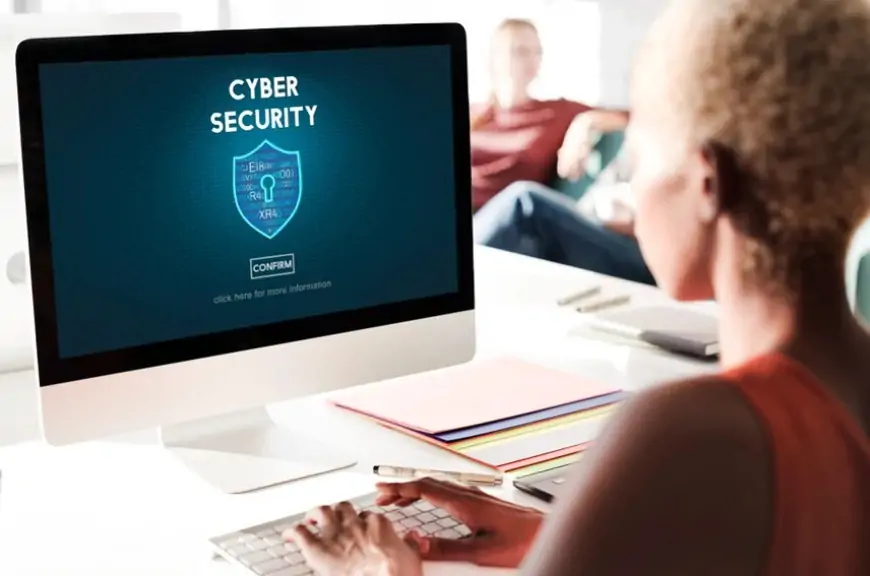Strategies for enhancing cybersecurity on your WordPress site
Discover essential tips to strengthen cybersecurity for your WordPress site. Learn how to protect your data and ensure safe online operations.

Over 455 million websites rely on WordPress, commanding a significant 35% share of the global website market. Despite not ranking among the top 50 SaaS companies, WordPress stands out as one of the most popular CMS platforms worldwide. However, its widespread use doesn't guarantee immunity from cyberthreats. In 2018, WordPress accounted for 90% of hacked CMS websites, mostly due to user errors and vulnerable plugins, rather than core security weaknesses. Protecting your WordPress site from cyberattacks is crucial, given the rising online threats. We've curated seven effective strategies to enhance your site's security and safeguard your valuable data.
5 essential tips for securing your WordPress website
Here are some immediate tips (pun intended) you can apply to enhance the security of your WordPress website.
1.Select a secure WordPress hosting provider
Choosing a secure WordPress hosting provider is crucial for effectively managing risks in your project. The hosting service you opt for significantly influences your website's security, so it's essential to make a well-informed decision. Avoid rushing into selecting a host and steer clear of suspiciously inexpensive providers, as they often come with hidden drawbacks. Hosting your WordPress site on a personal VPS, especially without technical expertise, is not recommended. Instead, prioritize hosts that have robust security measures and a proven track record in handling security incidents.
Subscribing to services from a reputable hosting company ensures comprehensive security measures for your website. Look for providers that conduct daily malware scans and offer 24-hour support, ideally through automated systems for efficient response.
2. Keep your PHP version updated
PHP is integral to your WordPress website's functionality, and it's crucial to always use the latest supported version on your server. Typically, each PHP release receives full support for about two years, including security patches and fixes. Currently, PHP 7.4 is the latest stable version, with versions 7.2 and 7.3 also supported. Continuing to run older PHP versions, such as PHP 7.1 or lower, exposes your site to heightened cybersecurity risks.
According to WordPress statistics, a significant percentage of users operate websites with outdated PHP versions, leaving their sites vulnerable to daily cybersecurity threats. While updating PHP may require testing for compatibility, it is essential for both security and optimal website performance. Building a responsive website involves more than just design; maintaining up-to-date PHP versions is critical for security and efficiency. If you're unsure about the process, consider leveraging communications platform as a service (CPaaS) solutions to seek assistance from service providers.
3. Ensure secure passwords
Using strong passwords is a fundamental yet often overlooked aspect of website security.
According to SplashData, the most common password used in 2018 was '123456', followed closely by 'password'. Such weak passwords make WordPress sites easy targets for hackers. Implementing robust mobile device management (MDM) strategies is crucial for enhancing security in projects, ensuring dedicated devices and teams work to safeguard your assets. For assistance in creating a secure password, digital customer service platforms offer solutions via text, chat, and social media, rather than traditional VoIP systems.
Creating a unique and complex password is essential for protecting your WordPress site against potential breaches. While some may worry about forgetting such passwords, solutions like encrypted local databases or online password managers securely store them in the cloud. Regardless of your method, prioritize using a strong and distinctive password to bolster your WordPress website's defenses against cyber threats.
4. Implement two-factor authentication on your WordPress site
Two-factor authentication (2FA) adds an additional layer of security by requiring users to authenticate their identity using two different methods. This often involves a code sent to their phone or email, or answering a personal question.
Enabling 2FA on your WordPress site enhances its security significantly. It provides additional protection for activities like secure file sharing. Users have the flexibility to choose which authentication methods they prefer, such as using Google's Authenticator app for receiving unique codes on their phones.
5. Ensure secure installation of plugins
Installing plugins is a popular practice among WordPress users to enhance website functionality. However, this freedom can pose security risks if plugins are not carefully chosen.
According to Wordfence, vulnerable plugins were responsible for a significant portion of WordPress data breaches in 2016. Therefore, it's crucial to install only trusted and secure plugins on your site. Prioritize plugins featured in the 'popular' or 'featured' categories on the WordPress platform, or download directly from reputable developers with clear security policies.
Some plugins offer additional security features like automated backups, malware scanning, and built-in firewalls, which are indicators of reliability. It's essential to keep all installed plugins updated to ensure they receive the latest bug fixes, security patches, and version upgrades, minimizing vulnerabilities that could be exploited by hackers.
Staying ahead of cyber threats
While cyberattacks targeting WordPress websites are increasing, proactive measures and effective tips can prevent breaches. We've provided valuable insights into securing your WordPress site's cybersecurity, which you can now implement.
For further information on various types of security incidents, refer to Auditboard's detailed post.
It's important to remain vigilant even with security strategies in place, monitoring your site for any suspicious activities. Consistent monitoring and regular security maintenance are crucial for maintaining site security.












































